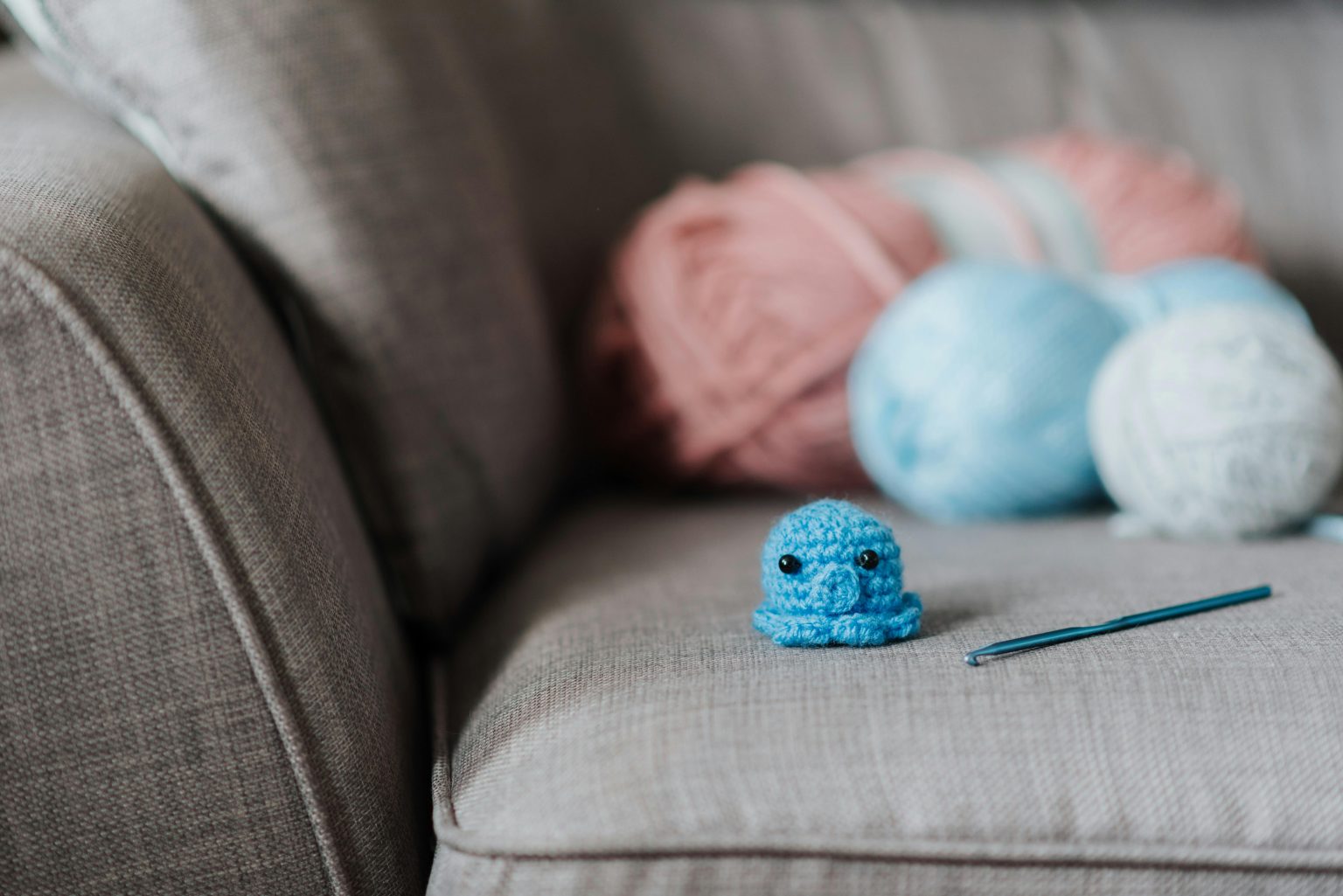Wool has long been admired for its warmth, durability, and timeless appeal, but when it comes to home décor, this natural fiber offers much more than meets the eye. From rugs and throws to cushions and wall hangings, wool can elevate your living space with texture, comfort, and style. Choosing wool home décor, however, isn’t just about picking something that looks nice — it’s about understanding the qualities of wool, its care requirements, and how it can fit seamlessly into your lifestyle and aesthetic.
Understanding the Nature of Wool
Before you invest in wool home décor, it’s essential to understand what makes wool unique. Wool is a natural, renewable fiber that comes from sheep and other animals such as alpacas and goats. Its fibers have a natural crimp, which helps trap air and create insulation. This means wool is excellent for regulating temperature — keeping you warm in the winter and cool in the summer.
Wool is also naturally moisture-wicking, meaning it can absorb humidity without feeling damp. This makes it ideal for home items like blankets, rugs, and upholstered pieces that may be used daily.
Style and Aesthetic Compatibility
Wool pieces come in a variety of textures, patterns, and colors, so it’s important to consider how a piece will work with your existing décor. A chunky wool throw in a neutral tone might bring warmth to a minimalist room, while a patterned wool rug could become a focal point in an eclectic living space.
Think about the overall mood you want to create. Do you want your wool décor to stand out or blend in? Are you aiming for a modern, rustic, or bohemian vibe? Wool’s versatility means there’s a design for nearly every style — from sleek felted wool cushions to handwoven wall art.
Quality and Durability
Not all wool is created equal, and the quality of your décor piece will determine its longevity. High-quality wool items often come from breeds like Merino or New Zealand sheep, known for their softness and resilience.
When evaluating a wool product, check for:
- Density of weave or knit: Tighter weaves tend to last longer.
- Fiber length: Longer fibers generally produce stronger and less scratchy yarn.
- Craftsmanship: Handmade items often have better attention to detail, though machine-made pieces can still be durable if well-constructed.
Comfort and Texture
While wool is warm and inviting, some types can feel scratchy against the skin. For items like blankets or cushions that will come into close contact with your body, opt for softer wools such as Merino or cashmere blends.
If you’re choosing wool rugs, texture becomes a matter of foot comfort and maintenance. A high-pile wool rug might feel plush underfoot but may require more cleaning effort than a low-pile or flatweave option.
Function and Placement
The location of your wool décor will greatly influence your choice. A wool rug in a high-traffic hallway needs to be more durable and tightly woven than a decorative rug in a guest room. Similarly, a wool throw in a family room may need to be machine-washable or stain-resistant, while a purely decorative wool wall hanging has fewer functional requirements.
Think about the lifestyle factors that will impact your décor. If you have pets or young children, you might need darker tones, stain-resistant finishes, or easily washable wool blends.
Care and Maintenance
One of the most important considerations when choosing wool décor is how you’ll care for it. Wool can last for decades when properly maintained, but it does require specific care methods. Most wool items need gentle hand washing or dry cleaning.
Rugs and larger pieces may require professional cleaning once or twice a year. Regular vacuuming, rotating rugs, and airing out wool blankets will help them retain their freshness. Before purchasing, make sure you’re comfortable with the cleaning requirements of the item.
Sustainability and Ethical Sourcing
As a natural fiber, wool is biodegradable and renewable, making it an eco-friendly choice compared to synthetic materials. However, sustainability also depends on ethical sourcing practices. Look for brands or artisans that prioritize animal welfare, sustainable farming, and fair labor practices.
Many high-quality wool décor items come with certifications that indicate sustainable production, such as Responsible Wool Standard (RWS) or Woolmark certification. This ensures you’re investing in something that’s not only beautiful but also responsibly made.
Budget and Value
Wool décor can range from affordable machine-made pieces to high-end artisanal creations. While high-quality wool items may come with a higher price tag, they often provide better value in the long run due to their durability.
Consider whether you want to invest in a timeless piece that will last decades or a more affordable item that might be replaced in a few years. Sometimes, spending more upfront means saving money and reducing waste over time.
Personal Connection to the Piece
Finally, home décor is personal. Beyond practical factors, choose wool items that speak to you. Maybe it’s a handwoven rug from a local artisan, a cozy blanket that reminds you of childhood winters, or a statement cushion that sparks conversation.
The best décor pieces aren’t just functional or beautiful — they carry meaning and become part of your home’s story.
Final Thoughts
Choosing wool home décor involves more than picking something soft and stylish. It’s about understanding wool’s unique qualities, matching them to your lifestyle, and ensuring the piece aligns with your aesthetic, comfort preferences, and maintenance abilities. With the right choices, wool can add warmth, elegance, and a timeless charm to your home that you’ll enjoy for years to come.
So next time you’re shopping for that perfect rug, throw, or wall hanging, take a moment to feel the fibers, check the craftsmanship, and imagine how it will fit into your daily life — because the right wool piece will do more than decorate a space; it will make it feel like home.


